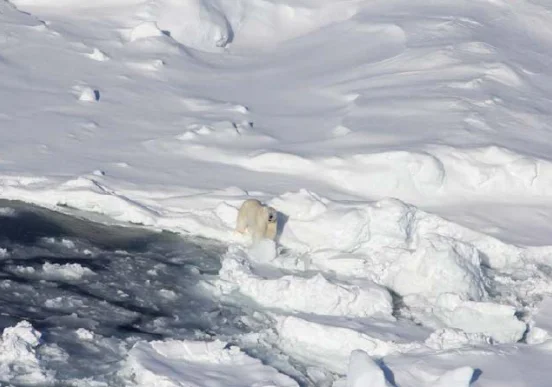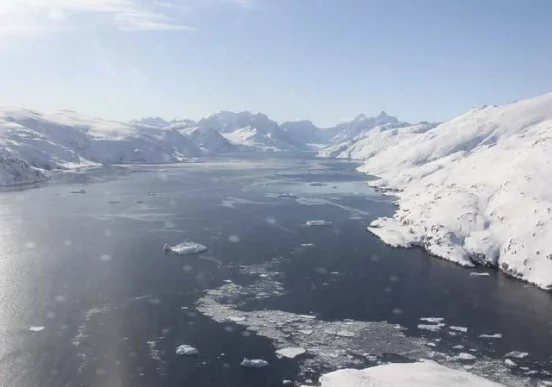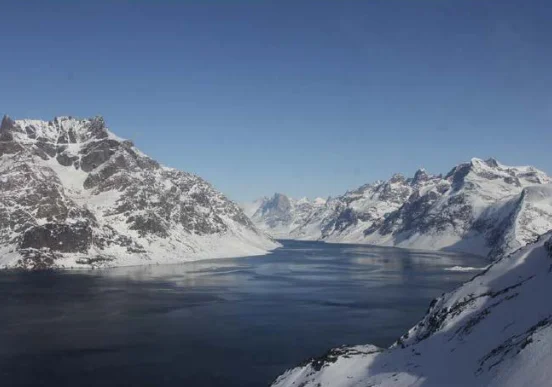Background:
The University of Washington, in collaboration with SeaKeepers, the Greenland Institute of Natural Resources, and Air Greenland, is set to conduct an assessment of polar bear populations in the fjords of Southeast Greenland. This research will focus on the region between 60-65 degrees north on the east coast, which is considered one of the most remote areas of the country.
Notably, little is currently known about polar bears in this specific geographic area, making this initiative pivotal for advancing our understanding of these iconic Arctic species.
Mission:
The project utilizes an AS-350 helicopter chartered from Air Greenland, based in Nuuk, Greenland, to conduct operations over the sea ice within the fjords. Researchers employ tranquilizer darts to sedate polar bears when they are located on the ice. Following sedation, the helicopter lands on the sea ice to facilitate weighing, measuring, sample collection, and, in specific cases, the application of satellite collars. Aerial surveys are also conducted to assess bear counts and population densities. Daily operations are contingent on favorable weather conditions, particularly good visibility for safe flying.
The project is scheduled to take place between mid-March and mid-April, coinciding with the period when polar bears are actively hunting seals on the sea ice, and the ice conditions are suitable for helicopter landings. The timeline for the project spans spring 2022-2023, given that a minimum of two years is required to complete the comprehensive assessment. This strategic timeframe aligns with the bears' seasonal behavior and ensures the safety and feasibility of the helicopter-based research activities in the Arctic environment.
Application:
The scientific program plays a crucial role in contributing to polar bear conservation efforts, both at the national level in Greenland and on an international scale. The information gathered by researchers holds significant influence on governmental decisions concerning polar bear subsistence harvest and sustainability, particularly within Greenland.
Internationally, the data collected becomes an integral part of the discussions among the Parties on the Conservation of Polar Bears, a biennial meeting involving Norway, Greenland, the USA, Canada, and Russia. This collaborative effort shapes strategies and agreements on the global conservation of polar bears. Additionally, the research findings are utilized by the IUCN Polar Bear Specialist Group, a world expert group comprising 30 members, including experts such as Laidre. The insights gained from this program are instrumental in enhancing the understanding of polar bears in the specified fjords, where, until now, virtually nothing was known about their population and behavior. This initiative marks the pioneering attempt to ascertain the population size of polar bears in these fjords, providing essential information for effective conservation measures and contributing to the broader global efforts to ensure the survival and well-being of polar bear populations.
Program Partners:
Previous Scientific Publication(s):








